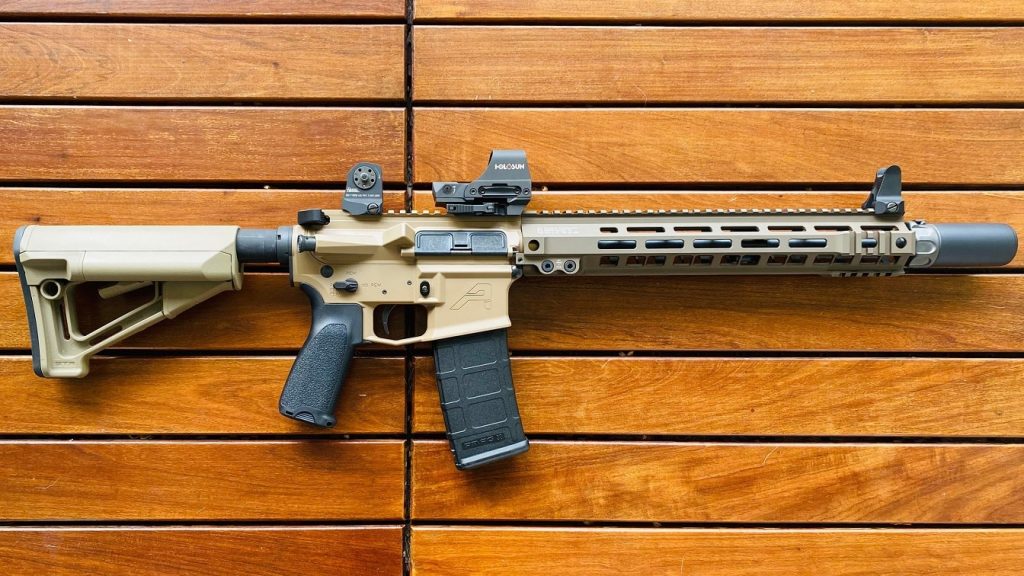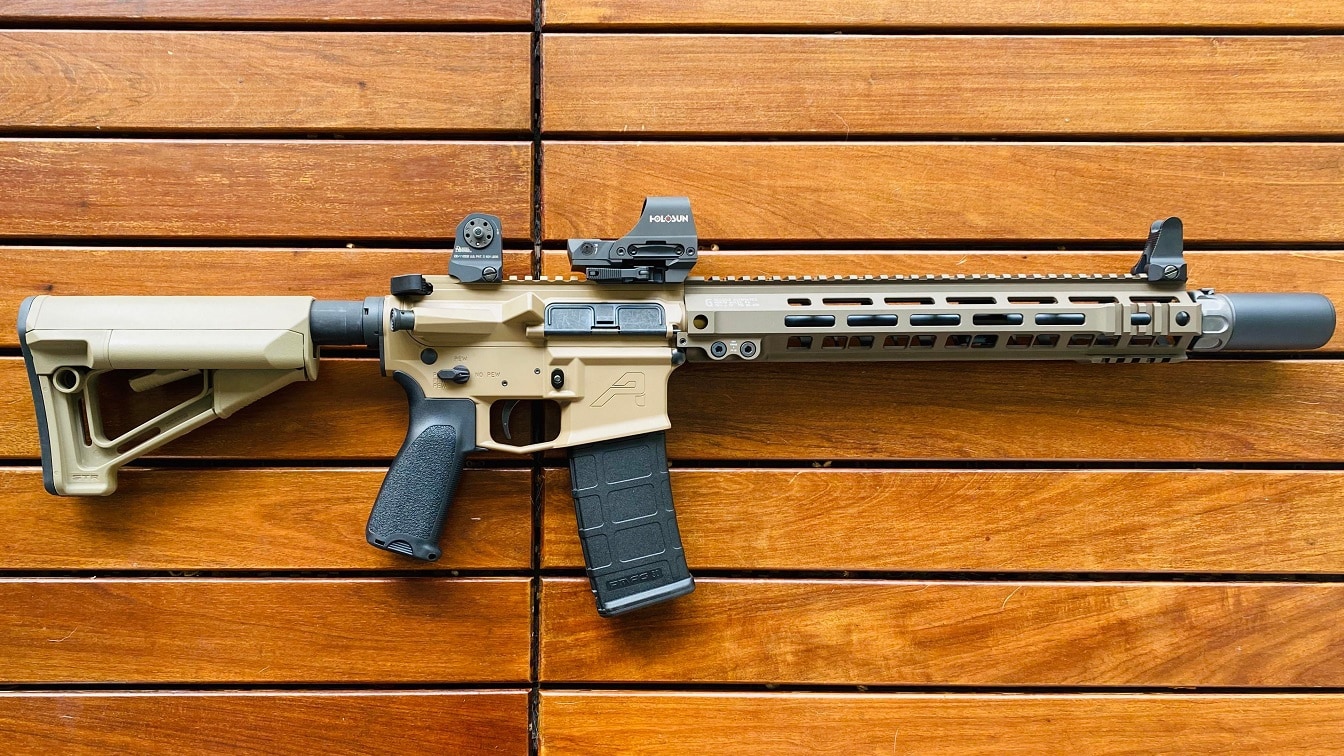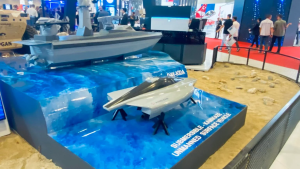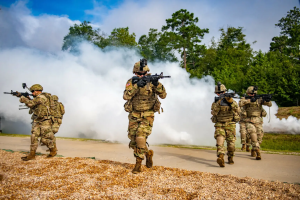The M16 and the AR-15 have achieved legendary status as infamous weapons of war. Both share some common ancestry but have developed in distinctive ways.

The dear old M16 gun, also known as “The Mattel,” “The Black Rifle,” and “Black Plastic Fabulous,” is one of the most divisive weapons ever issued to U.S. military personnel, along with the Beretta M9 handgun. The AR-15 is another controversial firearm for different reasons than the AK-47.
Do the two guns not function similarly? To what extent is there a distinction?
It’s inaccurate to state that the AR-15 is just a civilian variant of the M16 with a different trigger mechanism and magazine.
Unlike the age-old question of which came first, the AR-15 was not a later development. Eugene Morrison Stoner, who also made the AR-10, devised the idea for the AR-15 in 1956. Armalite was the first company to make the AR-15.
Mr Stoner made the gun to replace the standard U.S. military M14 with one that was easier to carry. Because of his desire for the troops to be able to carry more ammunition, the rifle was chambered for them .223 Remington (later 5.56x45mm NATO) cartridge.
Armalite surrendered the rights to the AR-15 to Colt in 1959 because of financial difficulties, labour problems, and insufficient production capacity. Colt’s well-known reputation helped propel the rifle’s popularity. The AR-18/AR-180 rifle series resurrected Armalite’s fortunes after the Provisional Irish Republican Army, a.k.a. “the Provos,” used it during The Troubles/Na Trioblói and sang about it as the original IRA had done with the Tommy Gun.
To minimise repetition with the M16 section, I will quickly summarise that Colt’s patents on the AR-15 design expired in 1977 (the same year that Elvis died), allowing other gun makers to begin replicating the design. Yet, the term “AR-15” is still legally owned by Colt and used only for semiautomatic rifles.
There are now more manufacturers of AR-15-style rifles than you could shake a stick at, including Bushmaster, Daniel Defense, and Smith & Wesson.
Proof that the platform is still popular among gun owners and law enforcement officers in the United States.
It is also available in several other calibres, including.22 LR, 9x19mm Parabellum, and 6.5mm Grendel.
Let’s take a step back and review what’s happened. In 1962, Colt began promoting the AR-15 to the U.S. military, and the U.S. Air Force was the first to take advantage of the offer, mostly due to the sway of then-Chief of Staff Gen. Curtis E. LeMay.
The other services quickly adopted the M16, and in December 1963, Colt officially changed the name of the military version to the M16. The following year, it began making and providing service for the M16.
The original M16 was a full-auto weapon, but beginning with the M16A2 variant in 1983, it was changed to fire in bursts of three rounds and used the newer 5.56x45mm NATO cartridge.
The M16 rifle’s dependability concerns during the Vietnam War caused a lot of debate in the 20 years between the original M16 and the M16A2. To restate what I said in my August feature story on the M16, numerous American GIs lost their lives in the actual and symbolic filth of the jungles of Nam because their weapons were hopelessly stuck.
Failure to extract fired cartridge cases was the most common malfunction, usually caused by a heavily carbonised and rust-pitted chamber. As David Lane of PewPew Tactical pointed out, the two main causes of this problem were (1) the Army carelessly using the wrong powder in their ammunition and (2) the chamber and bore of the barrels needing to be chrome plated.
Even though the M16 eventually improved and the U.S. military continues to use the small M4 model, it still has a bad reputation for being unreliable.
It’s only fitting that I had my first experience with an AR-15 before an M16. In June 1990, a few months before I turned 15 and a week or two before I graduated from Walter Reed Middle School, I went to a facility called A Place to Shoot, an outdoor firing range in Saugus, California.
The AR-15 was the first semiautomatic firearm I ever fired and a centerfire rifle. That left a big impression on me. I was impressed. Because I hadn’t practised long-distance shooting, I shot from 7 yards. But boy, was it enjoyable? A pal snapped a photo of me holding the AR at port arms while dressed as Bart Simpson in a t-shirt, BDU pants, and a wicked Cheshire cat grin.
When I was in Basic Military Training for the USAF in October 1999, I used an M16A2 for the first time. We performed our entire qual course in semiautomatic fire, so I got to fire the weapon in 3-shot burst mode when my first operational assignment at Minot AFB, North Dakota, the following year. It felt like firing a civilian AR-15.
Despite having severe bronchitis that nearly progressed to pneumonia, I qualified as an expert. After a month of technical training at the Security Forces Academy, I scored 38 out of 40.






